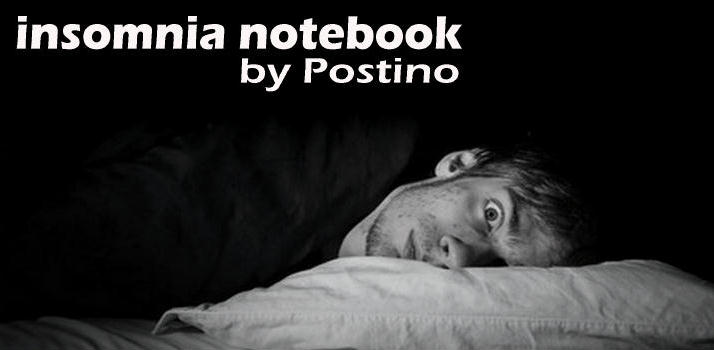 Steven Spielberg doesn't need to prove his ability to create suspense in a movie. He's the guy who directed Duel (his first movie) and Jaws, after all. I watched his 2005 version of War of the Worlds with interest, because the original book is a favorite of mine, but also to see how Spielberg could take a fairly straightforward story with an ending well known, and add his distinctive touches.
Steven Spielberg doesn't need to prove his ability to create suspense in a movie. He's the guy who directed Duel (his first movie) and Jaws, after all. I watched his 2005 version of War of the Worlds with interest, because the original book is a favorite of mine, but also to see how Spielberg could take a fairly straightforward story with an ending well known, and add his distinctive touches.The movie strays from the original novel by H.G. Wells, which was set in Victorian England, by updating it to modern day. That's what every version of the story has done since the 1938 Mercury Theater radio show that caused such a ruckus.* It's also reset in America, which makes me wonder how the English feel about that. In the original novel the unnamed narrator is a journalist going cross-country, traveling to get to his wife while staying ahead of the invaders. Spielberg makes the story more personal by having the main character, Ray Ferrier, a divorced father who doesn't take his responsibilities seriously. Ray is suddenly confronted with a parental nightmare, protecting his children from physical harm at all costs. Since the invading aliens have killed all electrical, Ray is the only guy with a working car. The aliens apparently zapped all the solenoids, which Ray figured out. The Army must've figured it out, too, because at a point they appear and their vehicles are working.
 Tom Cruise wouldn't have been my choice to play the dad, although when I watched the film I thought he did a fine job. I was taken with Dakota Fanning, an amazing young actress, as his daughter, Rachel.
Tom Cruise wouldn't have been my choice to play the dad, although when I watched the film I thought he did a fine job. I was taken with Dakota Fanning, an amazing young actress, as his daughter, Rachel. The two of them have great chemistry, and by the end of the movie they had sold me on being father and daughter.
The two of them have great chemistry, and by the end of the movie they had sold me on being father and daughter. The 24-minute segment of Ray, his daughter, and a stranger, Harlan Ogilvy (in an understated but effective performance by Tim Robbins), hiding in a cellar is where the real suspense comes in. The alien fighting machine is outside. It sends down a camera to see what's in the basement.
The 24-minute segment of Ray, his daughter, and a stranger, Harlan Ogilvy (in an understated but effective performance by Tim Robbins), hiding in a cellar is where the real suspense comes in. The alien fighting machine is outside. It sends down a camera to see what's in the basement. The scenes of the three humans dodging the camera are very well done; but even more tense is the scene where we see the actual aliens outside of their machine, when three of them explore the cellar.**
The scenes of the three humans dodging the camera are very well done; but even more tense is the scene where we see the actual aliens outside of their machine, when three of them explore the cellar.** Besides having to duck around them, Ferrier and Ogilvy are engaged in a silent battle over control of a shotgun. Ogilvy is for shooting the creatures, Ray is for keeping him from doing it.
Besides having to duck around them, Ferrier and Ogilvy are engaged in a silent battle over control of a shotgun. Ogilvy is for shooting the creatures, Ray is for keeping him from doing it. The basement scenes showing Ray and Rachel's tenacity, help set up the following scenes where they actually enter the fighting machine.
The basement scenes showing Ray and Rachel's tenacity, help set up the following scenes where they actually enter the fighting machine. Special effects in this movie are top notch, as are the variations on the classic novel, but it'd be just another science fiction thriller without events that are critical to us feeling empathy for the characters. I don't know how many parents of young children watched this movie wondering what they'd do in Ray Ferrier's place, but I identified strongly with him.
Special effects in this movie are top notch, as are the variations on the classic novel, but it'd be just another science fiction thriller without events that are critical to us feeling empathy for the characters. I don't know how many parents of young children watched this movie wondering what they'd do in Ray Ferrier's place, but I identified strongly with him.Spielberg is a populist director; not the genius some make him out to be, but he is a director in a grand tradition of men who make each project seem more their's than a studio's. I'm thinking of directors like Hitchcock and Cecil B. DeMille, whose names went above the titles. They were in effect their own biggest stars, despite what actors were engaged in front of the cameras.
*I've seen the enjoyable 1953 George Pal production of War of the Worlds, which was a big hit in its time. I've not been able to sit through another 2005 version of the story, this time starring C. Thomas Howell as "George Herbert," a nod to Herbert George Wells.
**The aliens have a strong resemblance to the aliens on the cover of this 1926 issue of Amazing Stories, by artist Frank R. Paul.

-

No comments:
Post a Comment